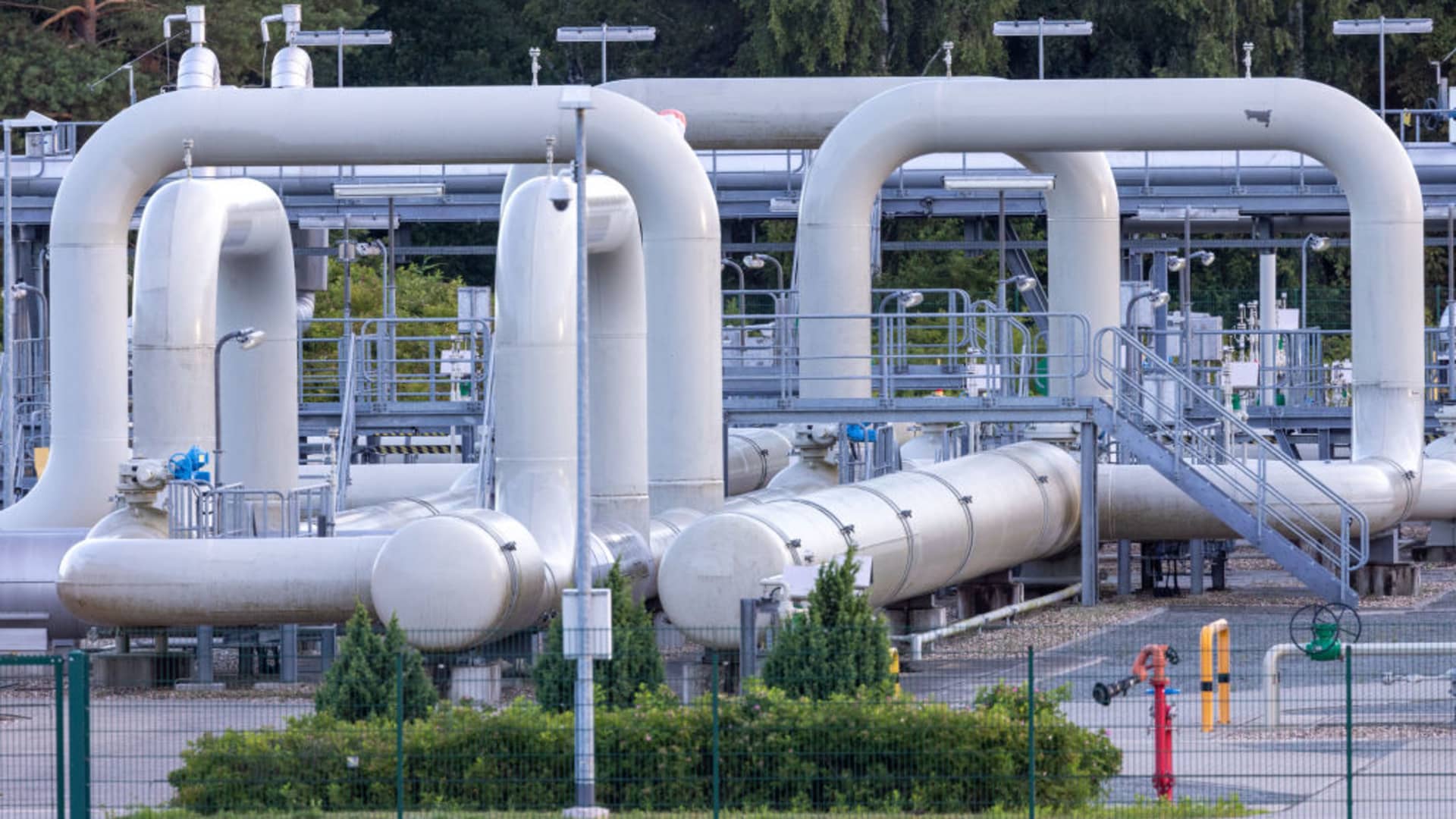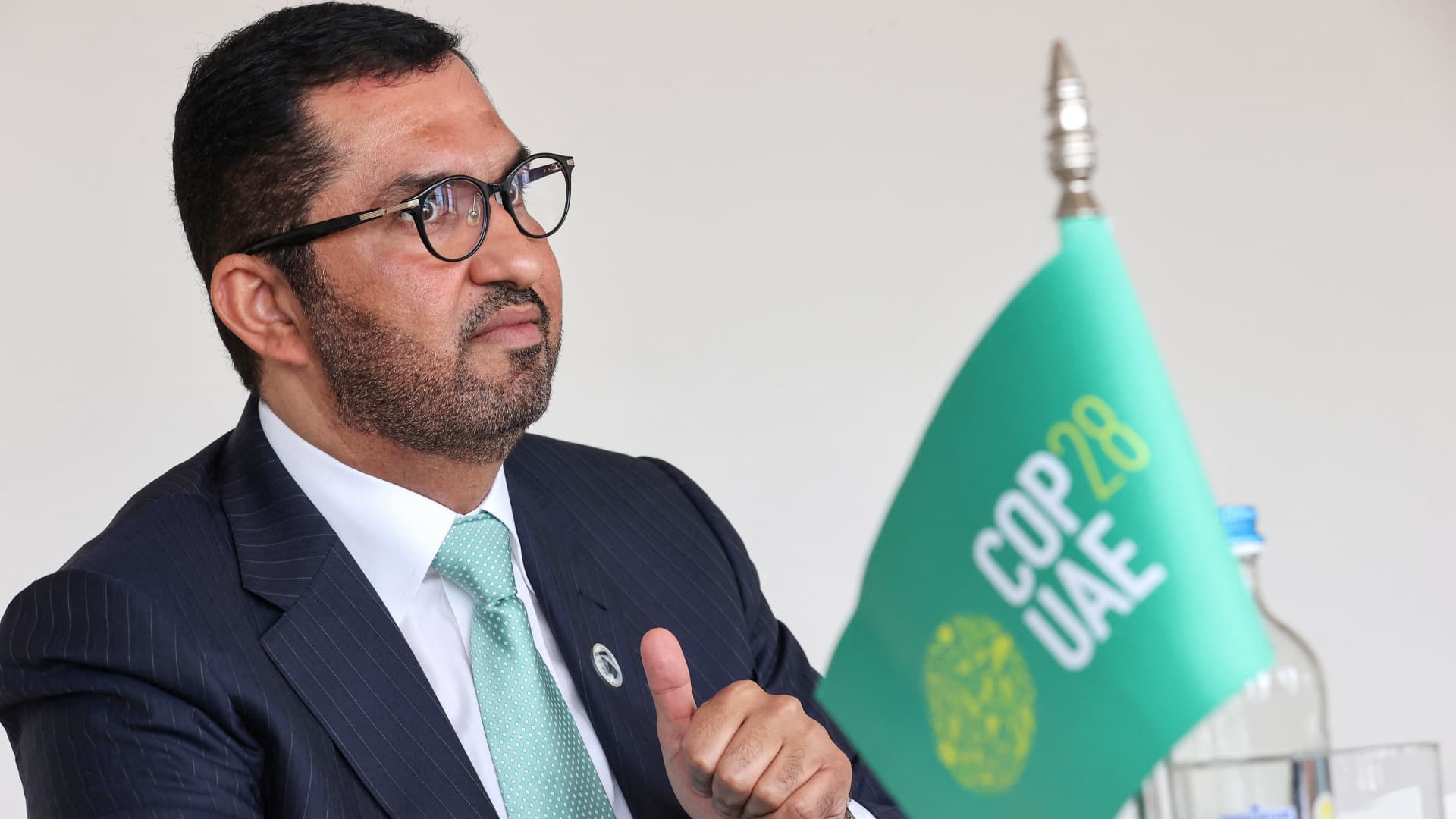Renewable Energy Transitions Demand Better Project Controls

 The construction industry plays a pivotal role in the global economy and shows no signs of slowing down. Growth in general construction output alone is predicted to average 3.6% per year to 2030, higher than either the manufacturing or services sectors.1 This fact, coupled with forecasts that investments in renewable energy will peak over the next decade, presents a welcome yet challenging opportunity for new construction projects in multiple key markets.2
The construction industry plays a pivotal role in the global economy and shows no signs of slowing down. Growth in general construction output alone is predicted to average 3.6% per year to 2030, higher than either the manufacturing or services sectors.1 This fact, coupled with forecasts that investments in renewable energy will peak over the next decade, presents a welcome yet challenging opportunity for new construction projects in multiple key markets.2
While this growth in renewables is driving positive changes across our industry and transmission networks, such projects are also incredibly capital intensive. Whether on- or offshore wind, solar, biomass, renewable diesel, or hydrogen, if we are to succeed at this transition, all capital projects must be managed at the highest efficiency rate possible throughout their full life cycles.
In their quest to meet this new demand for maximum project certainty, renewable energy project owners are exploring how technology, specifically in the form of advanced project controls systems, can support owners’ — and their partners’ — energy sustainability efforts without negatively impacting project timelines and budgets.
The Changing Demands of Renewable Energy Construction
With the copious amounts of data generated across the value chain of a construction project, the current focus is to gather this data into a single platform to derive actionable insights. In a recent survey conducted across organizations involved in capital-related projects, about 71% of the respondents acknowledged digital transformation to be the biggest enabler of growth in the coming years. Further, 96% of the organizations admitted that they could be doing more with the data they capture.3
The combined impact of the major external and internal trends transforming the construction industry is resulting in a long-awaited paradigm shift to outcome-driven processes. This has implications for every phase of a project (from the concept or pre-planning phase to design and construction to startup and operations) and alters the very definitions of success that will be used in the industry moving forward.
As financiers for renewable projects, project owners or their representatives are increasingly getting involved in all life cycle phases, especially in critical renewable projects. Owners may adopt an arms-length, supervisory role or may get intimately involved in design and construction as an active collaborator depending on the project delivery model. Whatever the approach, the owners’ increasing need for greater visibility and control requires more comprehensive and connected digital solutions. These enable collaboration and agile decision-making and aid in managing and mitigating project risk.
With the advent of improved data capture tools and digital project controls, owners can now anticipate issues before they occur. Additionally, they can establish more realistic plans, and accurately account for and mitigate risks, resulting in higher certainty around project outcomes.
Project Controls Systems Across All Project Phases
Project controls systems, also known simply as project controls, streamline workflows by integrating all necessary project controls and management processes onto a single platform. They help owners gain access to information across project phases and facilitate better monitoring and execution.
Image courtesy InEight
” data-medium-file=”https://cleantechnica.com/files/2022/08/ProjectLifecycle_WindSolar_Simple-400×146.png” data-large-file=”https://cleantechnica.com/files/2022/08/ProjectLifecycle_WindSolar_Simple-800×292.png” loading=”lazy” class=”size-large wp-image-273463″ src=”https://cleantechnica.com/files/2022/08/ProjectLifecycle_WindSolar_Simple-800×292.png” alt width=”800″ height=”292″ srcset=”https://cleantechnica.com/files/2022/08/ProjectLifecycle_WindSolar_Simple-800×292.png 800w, https://cleantechnica.com/files/2022/08/ProjectLifecycle_WindSolar_Simple-400×146.png 400w, https://cleantechnica.com/files/2022/08/ProjectLifecycle_WindSolar_Simple-768×280.png 768w, https://cleantechnica.com/files/2022/08/ProjectLifecycle_WindSolar_Simple.png 1057w” sizes=”(max-width: 800px) 100vw, 800px”>
Image courtesy InEight
Pre-Planning. Project controls connect across disciplines and bring together estimate/bid/tender information with the schedule, while also drawing insights from past performance for risk analysis. They also help in enhancing engineering management whereby owners can see design changes in real time and understand their impact on the project schedule and cost so as to decide whether to retain the design or look for alternatives.
Design and Construction. The cost of key renewable construction materials rose sharply between 2019 and 2020. This highlights the critical nature of close monitoring and management of cost and schedule during the design and construction phase. Project controls provide the right execution tools that gather project progress from the field to create performance reporting for owners to access.
Startup and Operations. Project controls can pool all documentation, inspections, and models. This will ensure that owners have a complete historical record of the project that is well-documented and can be visualized through a digital twin. A digital twin provides the owner valuable insights that can be leveraged throughout the lifetime of the asset. All renewable construction project and commissioning data is available for the operations team.
The project controls system can also help address the challenge with disconnected point solutions. While point solutions may be highly efficient in niche functions, regular introduction of new point solutions can result in a medley of technologies and data silos from different vendors, resulting in compatibility and integration issues. Besides, projects can run into data sharing challenges due to lack of data standardization and the absence of a consistent framework.
In this context, adopting an integrated platform, such as a project controls system, can make connected data available in real time to allow owners to understand past context and current state and to make more accurate forecasts. Having these fully-enriched, time-sensitive perspectives enables more impactful decision-making that can greatly mitigate risk and improve outcomes.
Image courtesy CleanTechnica
” data-medium-file=”https://cleantechnica.com/files/2022/08/CT-image-offshore-wind-farm-400×299.jpg” data-large-file=”https://cleantechnica.com/files/2022/08/CT-image-offshore-wind-farm-800×598.jpg” loading=”lazy” class=”size-large wp-image-273464″ src=”https://cleantechnica.com/files/2022/08/CT-image-offshore-wind-farm-800×598.jpg” alt width=”800″ height=”598″ srcset=”https://cleantechnica.com/files/2022/08/CT-image-offshore-wind-farm-800×598.jpg 800w, https://cleantechnica.com/files/2022/08/CT-image-offshore-wind-farm-400×299.jpg 400w, https://cleantechnica.com/files/2022/08/CT-image-offshore-wind-farm-768×574.jpg 768w, https://cleantechnica.com/files/2022/08/CT-image-offshore-wind-farm-1536×1147.jpg 1536w, https://cleantechnica.com/files/2022/08/CT-image-offshore-wind-farm.jpg 1600w” sizes=”(max-width: 800px) 100vw, 800px”>
Image courtesy CleanTechnica
Looking to the Future
The need for visibility and collaboration between key stakeholders, to improve certainty in completing capital projects as per plan, is clearer than ever. Renewable project developers and asset owners, whose stakes are the highest, are increasingly looking to adopt methods and solutions that will enable them to independently monitor and assess project progress, without relying on other stakeholders. Moving forward, owners will be looking to leverage tools like project controls systems to perform critical tasks such as risk assessments and associated contingency plan developments, with minimal support from contractors.
With the trend toward larger and more complex renewable energy capital and infrastructure projects, owners have extremely low risk tolerance, as expectations from different stakeholders such as investors, communities, and end users remain high. This makes it critical for owners to have the best possible visibility on cost and schedule, undertake proactive risk management, and carry out real-time decision-making across the project life cycle.
Solutions such as project controls systems, when adopted as an integrated platform, help owners and contractors alike meet their strategic objectives and manage risks effectively. The power of this connected data made available through platforms, which integrate the various workflows and processes of a project, allows owners to gain superior visibility across the entire life cycle of their asset, ensuring more successful project outcomes now and in the future.
This article is supported by InEight.
1 Future of Construction, Oxford Economics, Sep 2021.
2 Supercharging Net Zero, the Race to a Faster, Fairer Energy Transition, Arcadis, 2022.
3 Global Capital Projects Outlook, 2021: Optimism and Digitization, InEight, 2021.
Appreciate CleanTechnica’s originality and cleantech news coverage? Consider becoming a CleanTechnica Member, Supporter, Technician, or Ambassador — or a patron on Patreon.
Advertisement
 This post has been syndicated from a third-party source. View the original article here.
This post has been syndicated from a third-party source. View the original article here.


